Five generations of fighter aircraft have existed in aviation history, each bringing something different to the table. Many experts are trying to predict what the sixth generation of U.S. Air Force jets will bring.
These predictions involve the aircraft’s speed, range and ability. It is impossible to know what exactly the new generation of jets will look like, but with aircraft technology constantly being updated, anything could happen.
Previous Fighter Generations
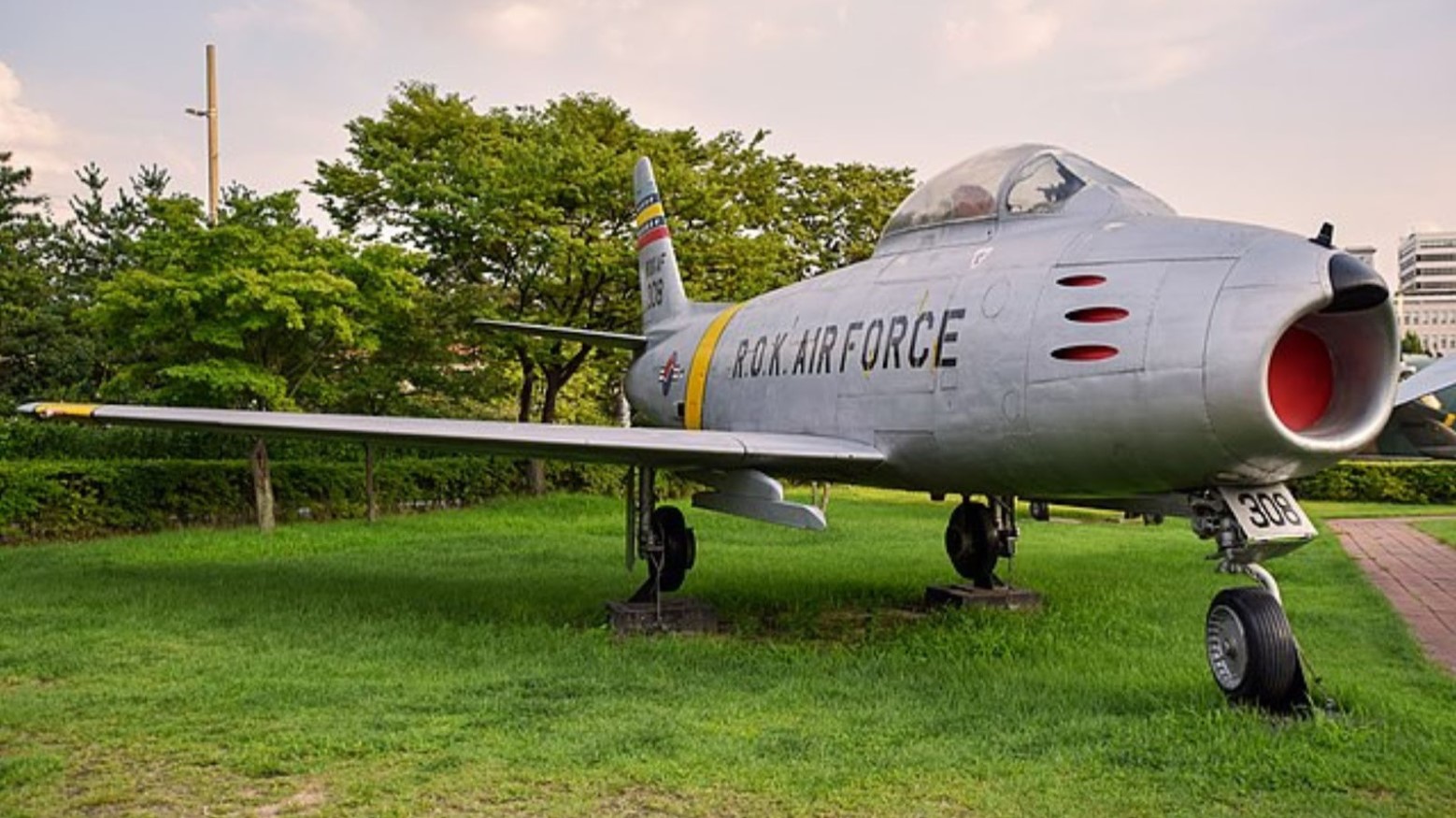
When considering what the sixth generation of U.S. Air Force jets will bring, or even for generations after, it’s essential to look back at the previous five generations to see what those had and what they were missing.
Some examples of previous fighter jets include the F-86 Sabre, which came after World War II, and the F-35 Joint Strike Fighter, which is among the current generation of fighter jets.
Next Generation Air Dominance
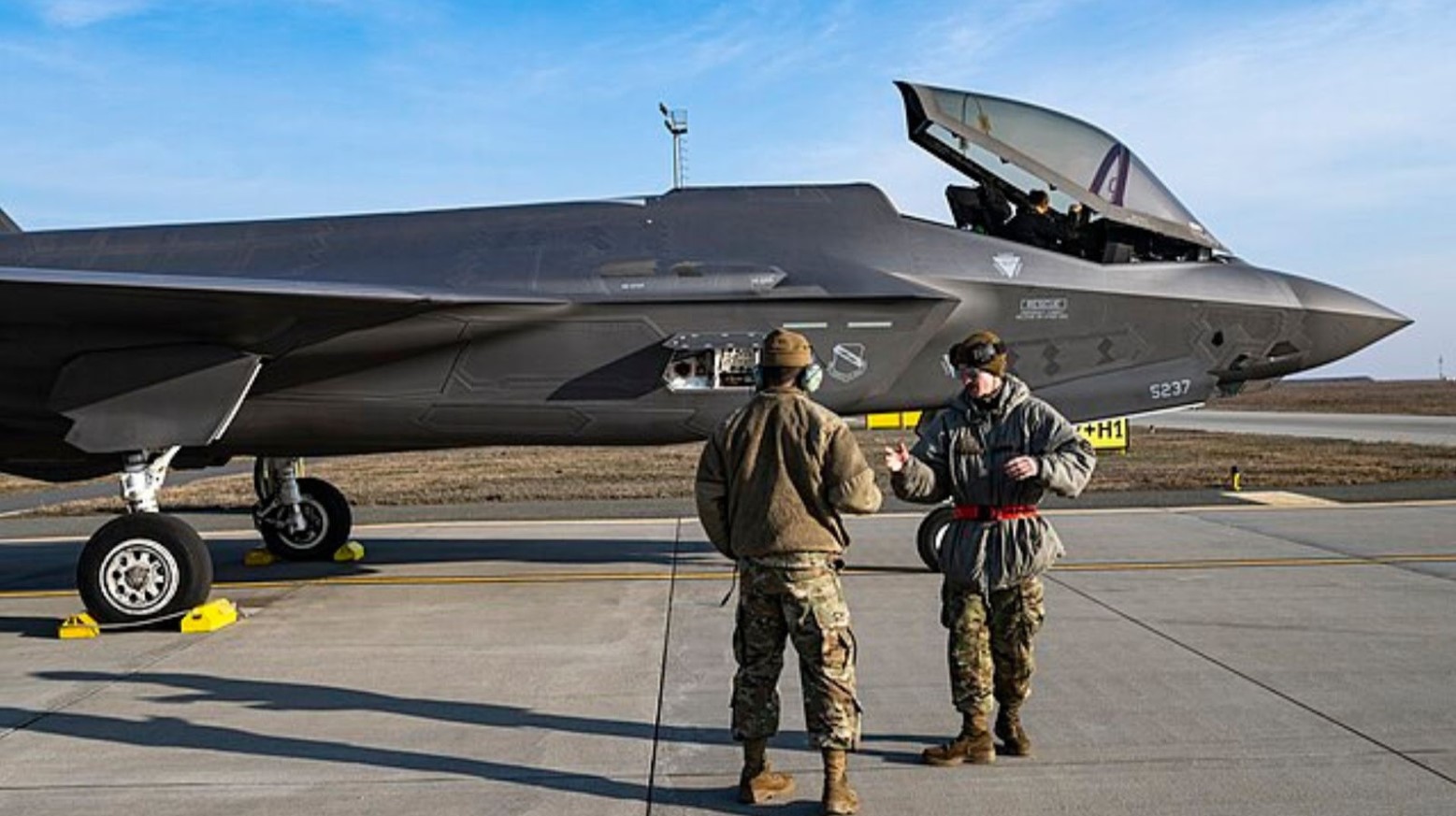
Next Generation Air Dominance (also known as NGAD) is what the sixth generation of fighter jets are currently known as. Experts are already predicting that a lot will be required from this generation.
This new wave of jets needs to be able to fly fast and high. They will also need to be able to fly long distances, especially if they want to keep up with fighter jets in other countries.
A Secretive Program for the U.S. Air Force

NGAD is a secretive program created under the U.S. Air Force, so experts not involved in the program can only speculate what the new generation of fighter jets will involve.
The whole point of the program is so that the U.S. can increase its lethality and ensure its superiority in the air when it comes to fighter jets. However, what is known is that it will be complemented by multiple manned aircraft, long wingman-style unmanned aerial vehicles and advanced command, control and communication systems.
Not Ready Until 2030
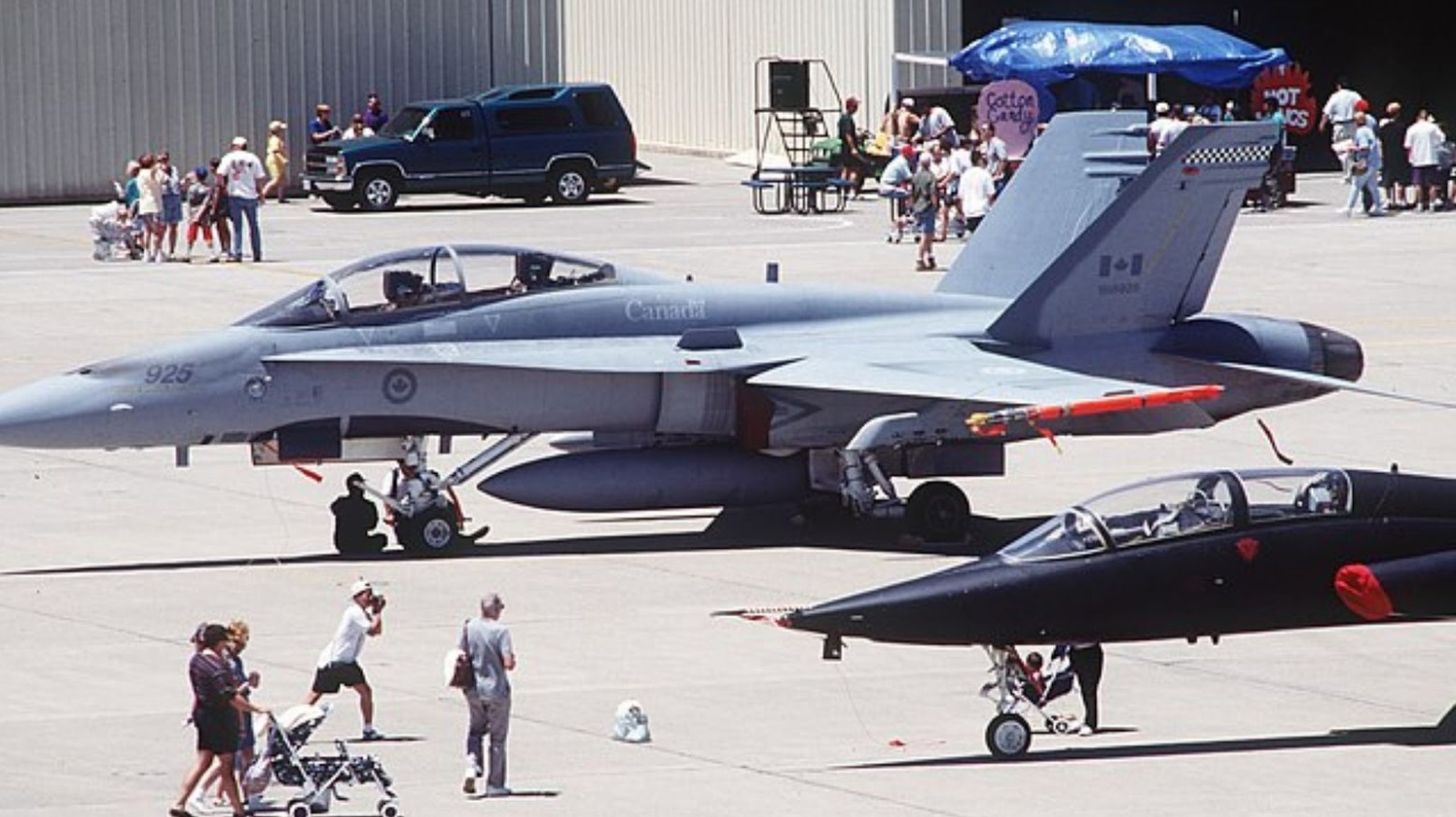
Aircraft enthusiasts hoping to get a glimpse of the sixth-generation fighter jet have quite a wait ahead of them. The new jets are predicted to be ready by 2030 at the earliest.
The U.S. Air Force’s initial plan is to obtain 200 NGAD fighters and 1,000 unmanned collaborative combat aircraft (CCA), assuming that two CCAs will be needed per NGAD fighter.
More Retirements Than Replacements
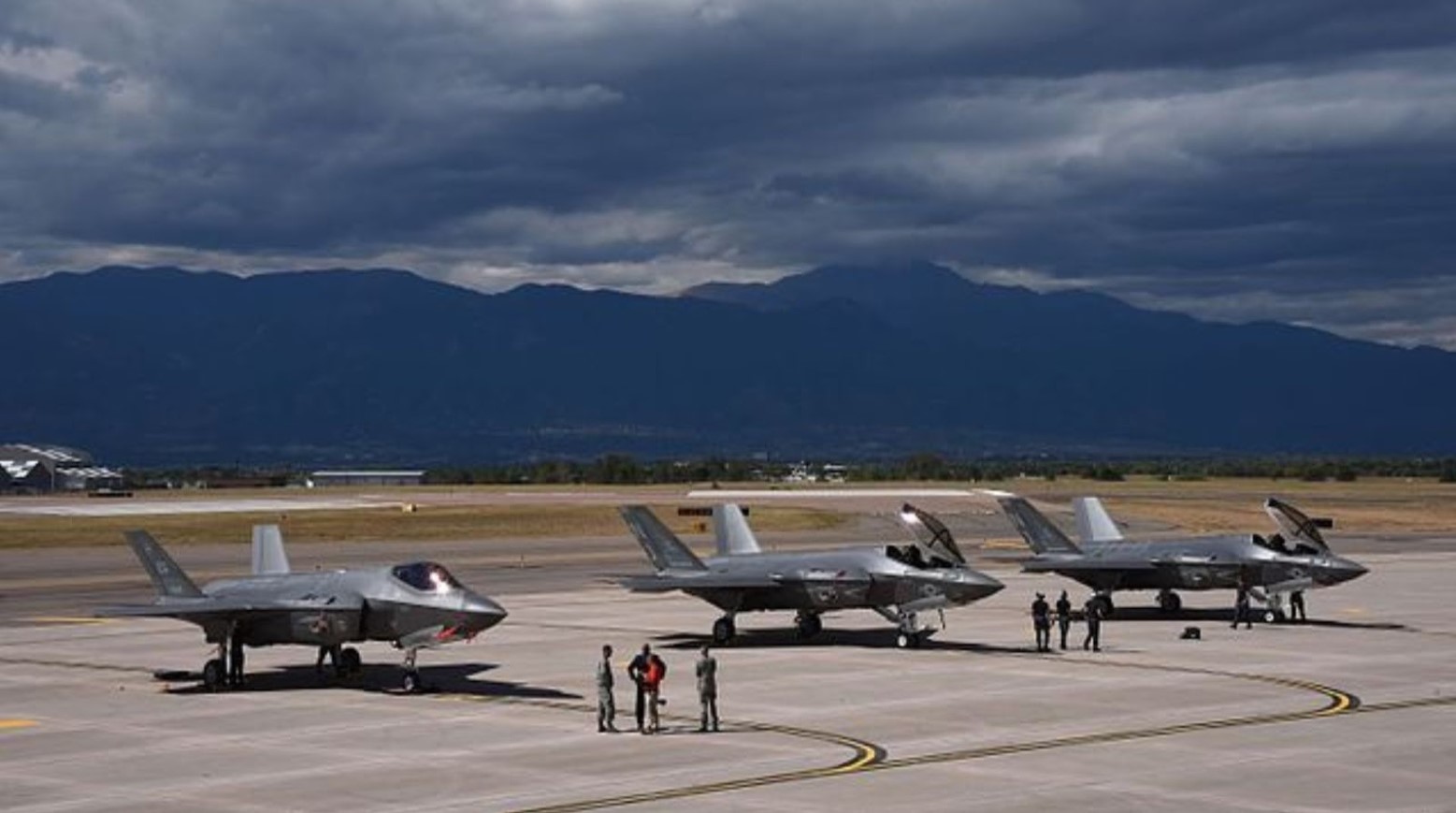
The issue the U.S. Air Force is now facing is that 2030 might be too far away to develop this new generation of aircraft. This is because the current generation of fighter jets are retiring faster than their replacements are being made.
The good news is that the current inventory of the fifth generation is relatively settled, but the predictions over the next twenty years suggest that this won’t last for long.
It Took Twenty Years to Develop the F-22
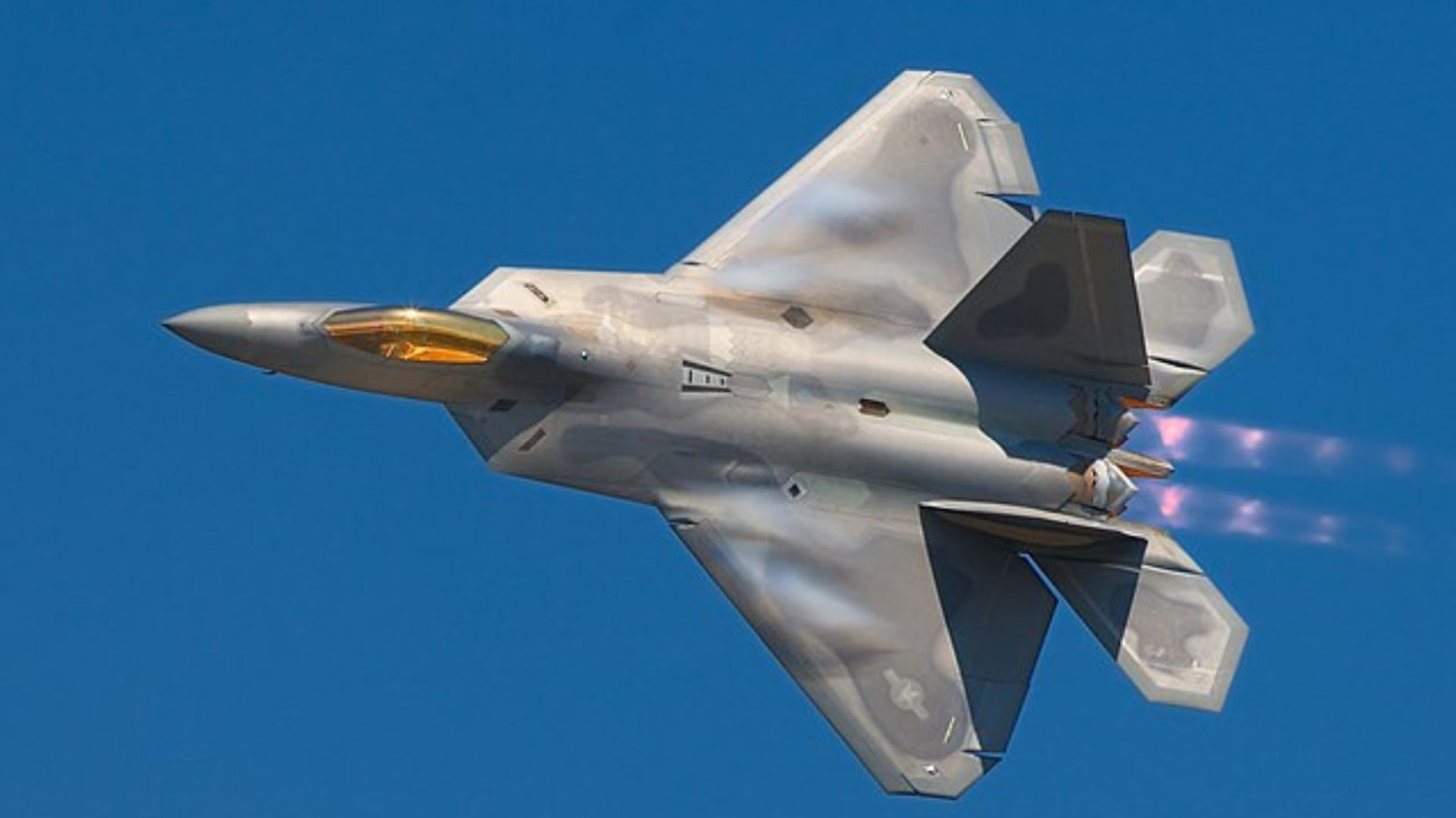
The U.S. Air Force only needs to look at the timeline for developing the F-22 to realize that developing the sixth generation by 2030 might be a short timeline, as the F-22 took twenty years to develop.
This was conceived in the 1980s when production of the F-15 was just beginning to take off. It’s predicted that by the 2030 deadline, the U.S. Air Force will be 971 aircraft short of the 2,250 fighter jet target.
Important for Future Warfare
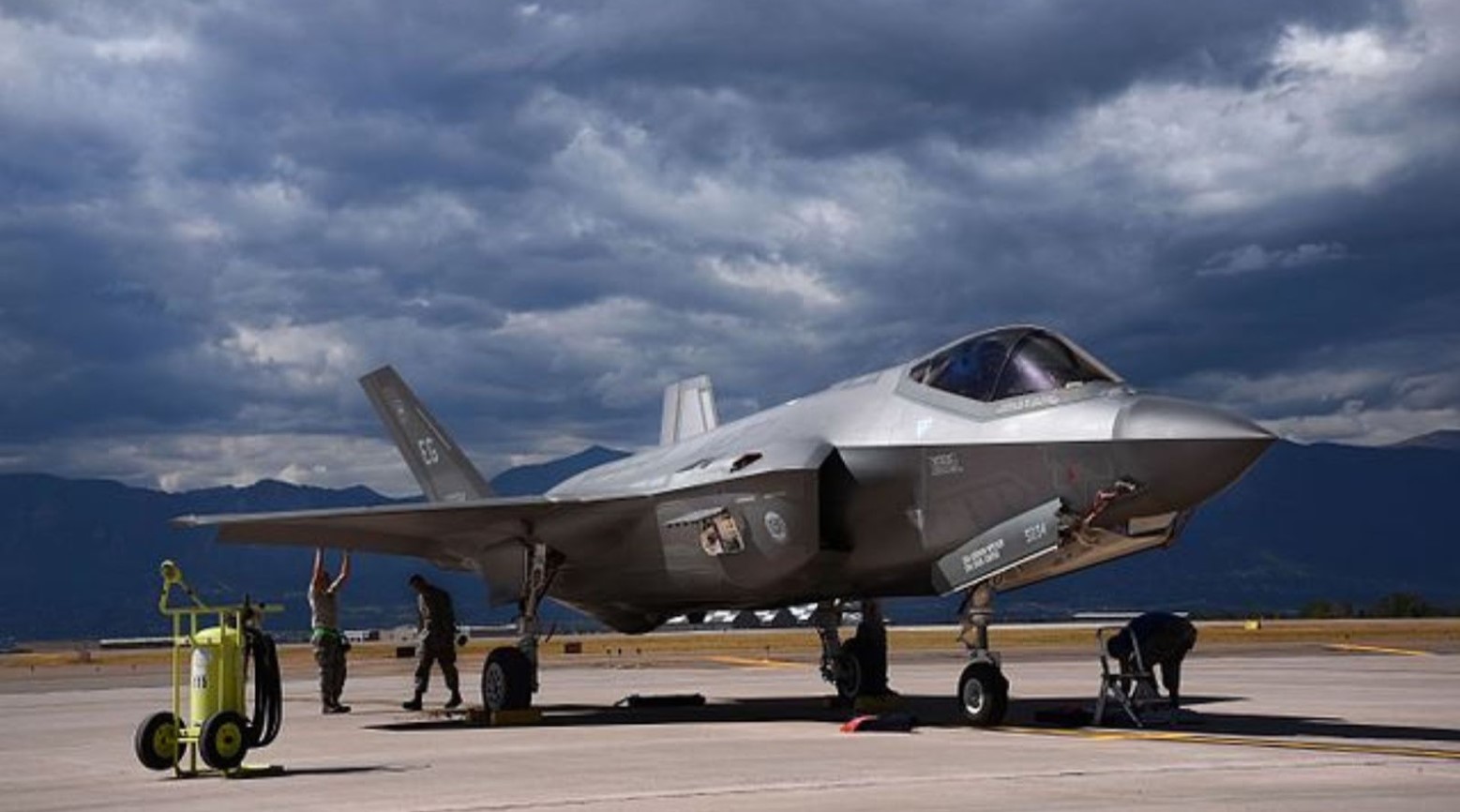
The sixth generation of aircraft needs to be developed as soon as possible because it will be an essential part of future warfare. For example, this aircraft would be needed if there was a war with China.
This is why people are worried that the fighter jet isn’t going to be ready. If any wars should happen in the future in which the U.S. is required to either attack or defend, the sixth generation of fighter jets will be needed most.
Billions of Dollars Spent on Development

One issue the U.S. Air Force is facing is spending billions of dollars on the development of these fighter jets. While they already knew this would happen, various cost-related issues have arisen.
The price of various things the U.S. Air Force has been trying to acquire, such as the Lockheed Martin F-35 stealth fighters and nuclear-tipped ballistic missiles, has gone up quite a lot. Now, they are having budget issues, which could potentially jeopardize the future of the U.S. Air Force.
Budget Constraints Have Put a Stop to Things
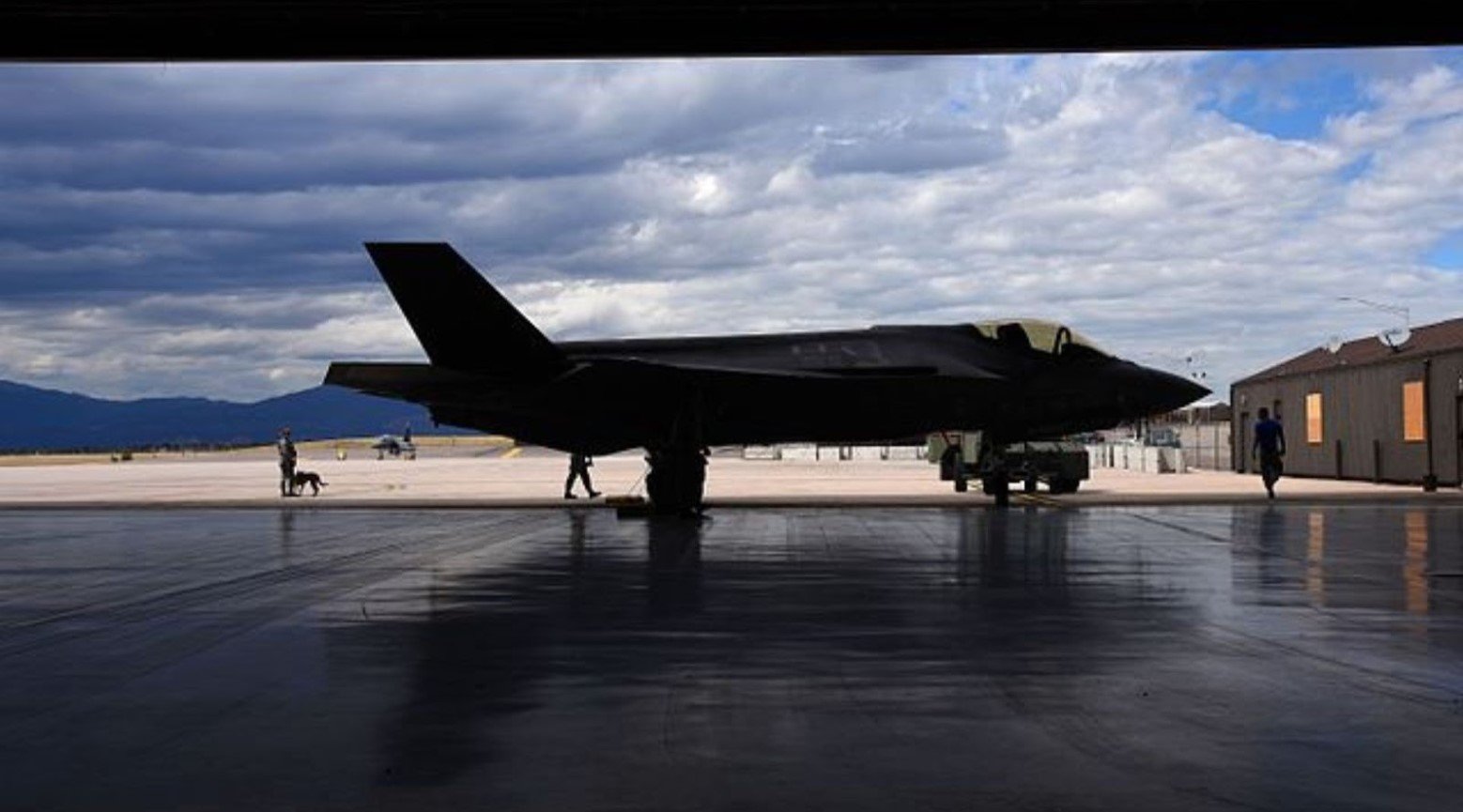
Due to the rising cost of everything, the original NGAD plans are now well outside the U.S. Air Force’s budget. This has a massive effect on what the final result will look like.
They have had to make some difficult decisions due to budget constraints, such as using cheaper engines and not necessarily being able to use the same level of technology they were previously hoping to use. There are now many worries about how this will affect the future of warfare aviation.
What Would Happen if NGAD Were Canceled?
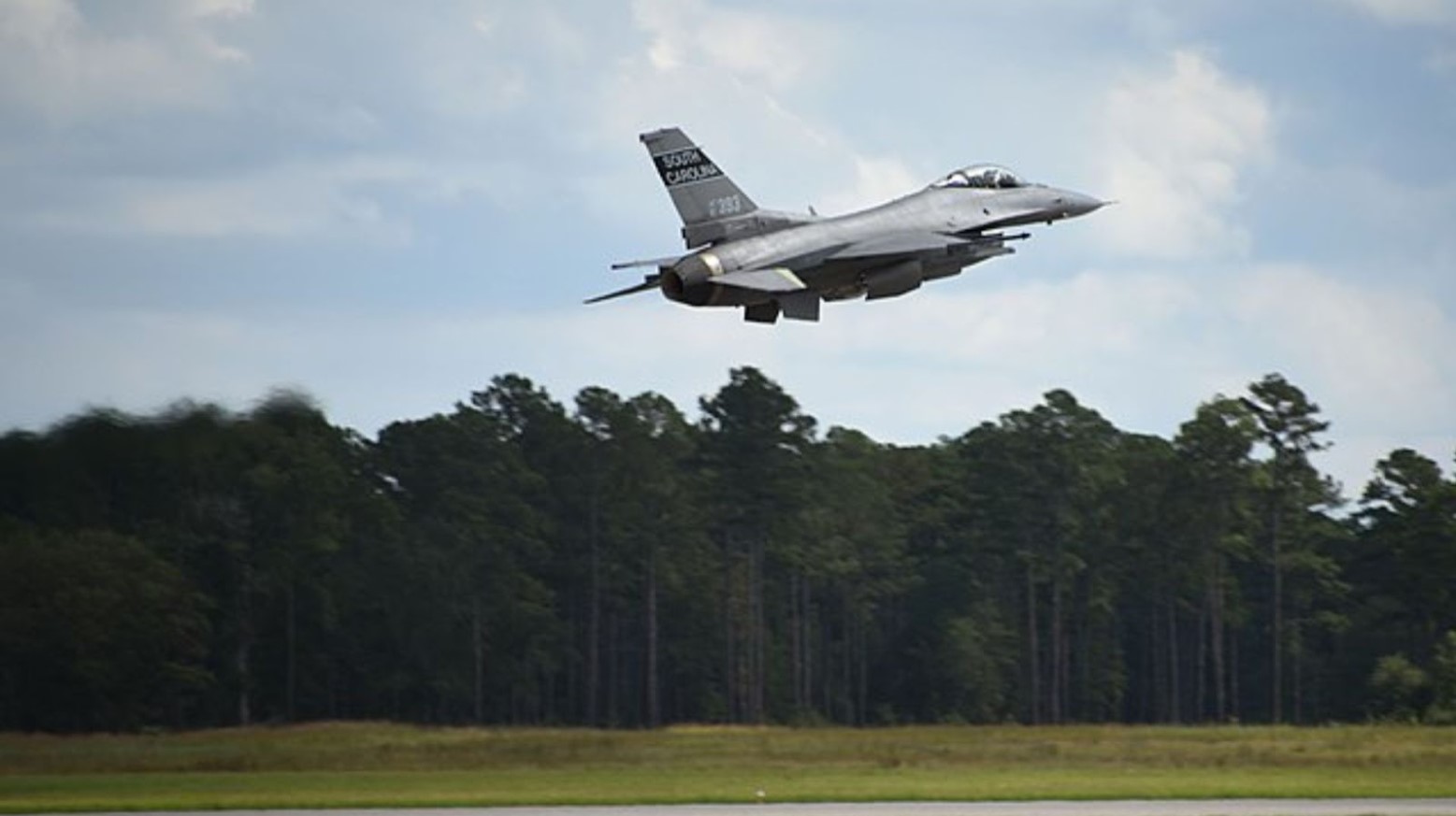
Due to the severity of the U.S. Air Force’s lack of money for NGAD, some people are questioning whether it will even go ahead, and if it doesn’t, what will this look like for the Air Force?
It is believed that the F-35 fighter jets would be flown for longer should that scenario arise, but those involved with the project are hoping that the situation won’t get to the point where things are that bad.
NGAD Will Still Be Going Ahead
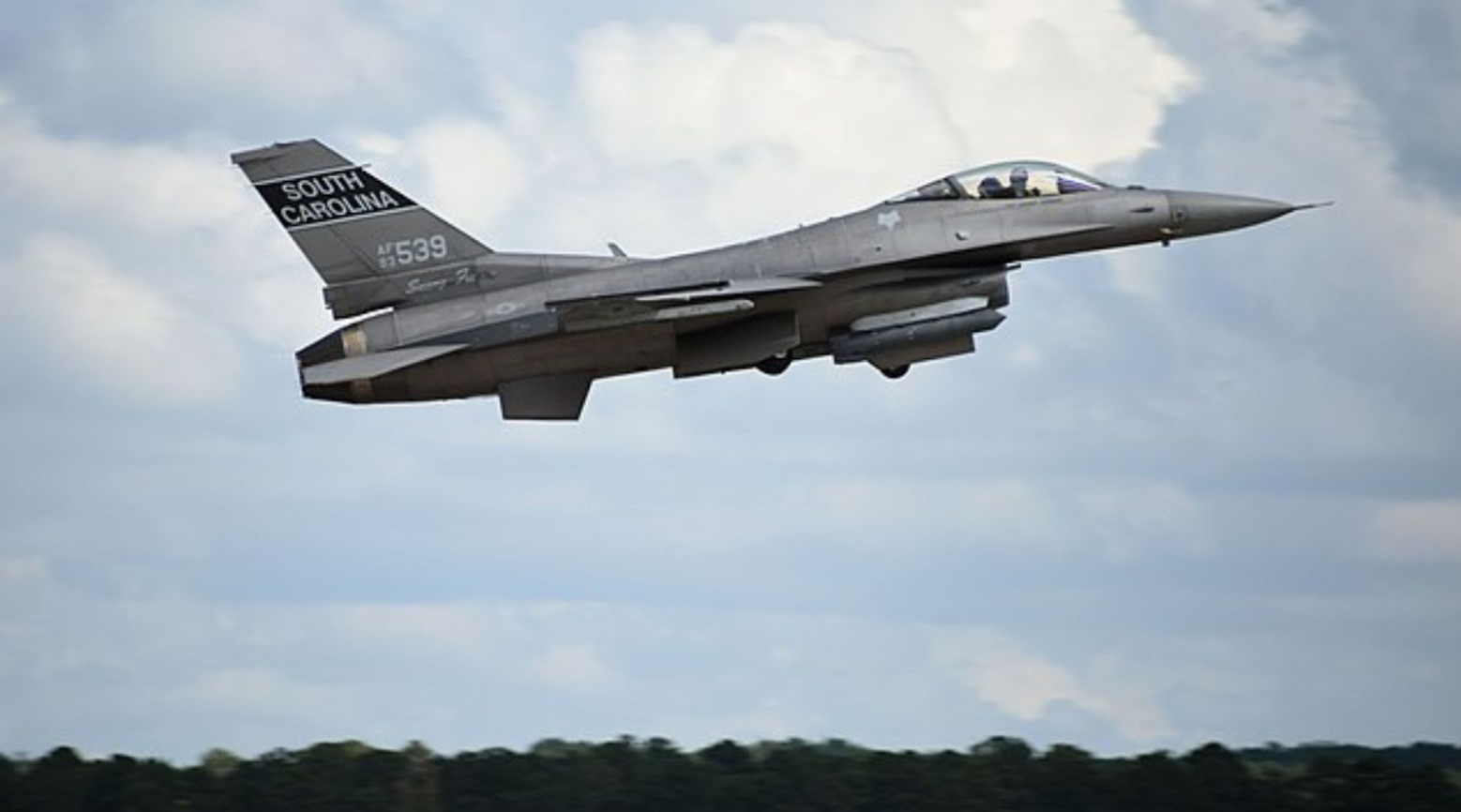
One thing worth pointing out is that NGAD will still proceed regardless of the U.S. Air Force’s budget constraints. This just means that the final product might not be what was initially envisioned.
There have also been some assurances that no definite decisions have been made yet, so what the sixth generation of fighter jets could possibly look like remains a mystery to everyone.
